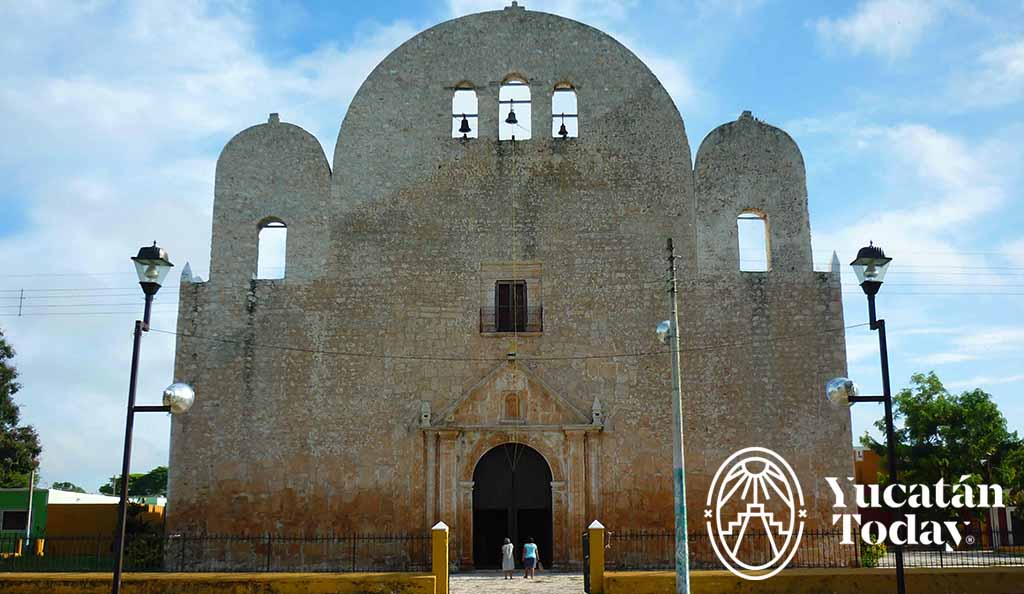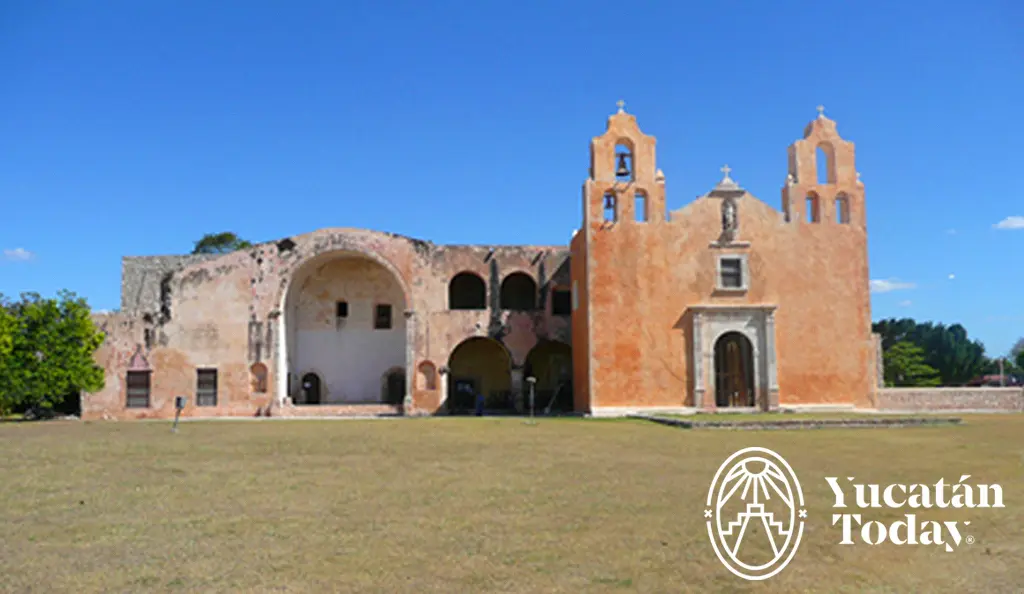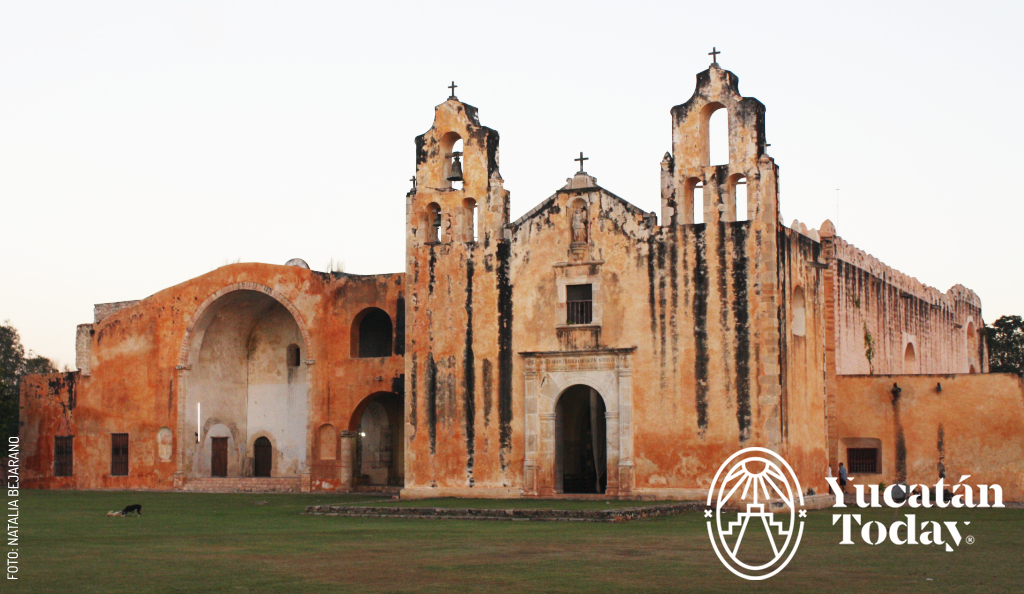
Church and Convent of San Miguel Arcángel
This convent, which dates back to approximately 1549, was home to one of the first schools of evangelization and one of the first hospitals in America. Outside you can see a stone statue of the Archangel Saint Michael, the saint to whom the temple is dedicated. Like other buildings built at the time, stones from Mayan buildings were used for its construction. Inside, its long corridors, simple and austere walls, as well as a splendid sacred-type altar bathed in gold stand out. During its more than four centuries of existence it has been restored on several occasions, which has allowed it to be appreciated to this day. Currently it continues to function as a place of Catholic worship for masses and celebrations. Visiting hours depend on religious services.
One of the largest open chapels in Latin America
Majestic and imposing, it is located next to the church and convent of San Miguel. Can you imagine being in front of a building more than four centuries old that functioned as a meeting center, a place that has lasted since colonial times and that you can visit today? Well, this is the perfect setting for you to take some souvenir photos, look at the details of the walls, and of course, a postcard-perfect panorama.
The “Auto de fe” made by Fray Diego de Landa in this city
In Maní one of the most tragic moments in the history of the Mayans was experienced, the burning of codices with explanations of history and astronomy, as well as idols and religious symbols. This event, known as the “Auto (or Act) of Faith”, was led by the Franciscan Fray Diego de Landa as part of the actions to achieve the conversion of the Mayan people to Catholic practices. It is said that some time later, he repented and dedicated himself to the study of Mayan culture and in this way could rescue a part of the history of the Mayans, way of life and religious beliefs.
A picturesque center full of stories and legends
Walking through its streets you can find buildings with unique facades, squares, chapels (Santa Lucía and Santiago). If you are lucky, you may find young people from Maní willing to tell you some legends related to the Xcabach'e'en cenote, located inside some caves, and the reign of the Xiú in these lands.
Poc Chuc, star dish of Yucatecan gastronomy
Maní is famous for the flavor that you will find at the Principe Tutul Xiú restaurant, with great tradition and a must-see stop for visitors. It is a very typical place with regional dishes, handmade tortillas, strained beans, red onion with habanero chili and fresh water from the region. A delight that is well worth enjoying.
Are you ready to visit Mani?
How to get?
By car: Taking the Mérida exit towards Cancún (east), continue until the exit to Chetumal / Acanceh. Drive 92 km passing Acanceh, Tecoh, Tekit and Teabo.
By bus: Northeast Terminal with departures during the day.

Author: Violeta H. Cantarell
“Meridana,” traveler, animal lover, passionate reader, commentator, and enthusiastic promoter of the natural and human beauty of Yucatán.
Receive the latest articles and much more from the best of Yucatán in your email!
Related articles
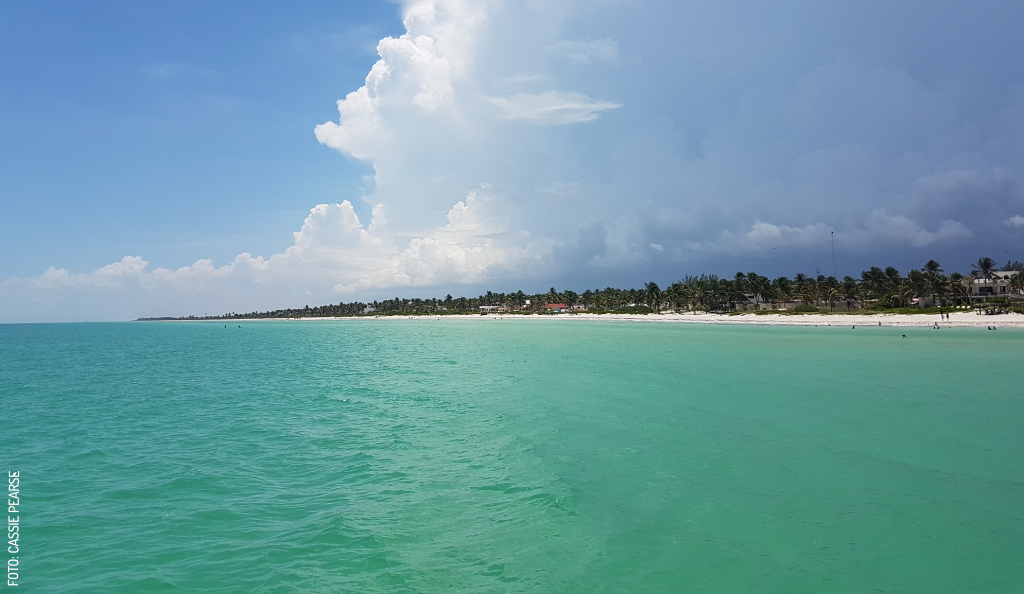
Discovering Yucatán: A Getaway from Espita to El Cuyo in Two Days
2-day Yucatán getaway: Combine the culture of Espita (Magical Town) and adventure in San Manuel with the beach serenity of El Cuyo. Authentic route!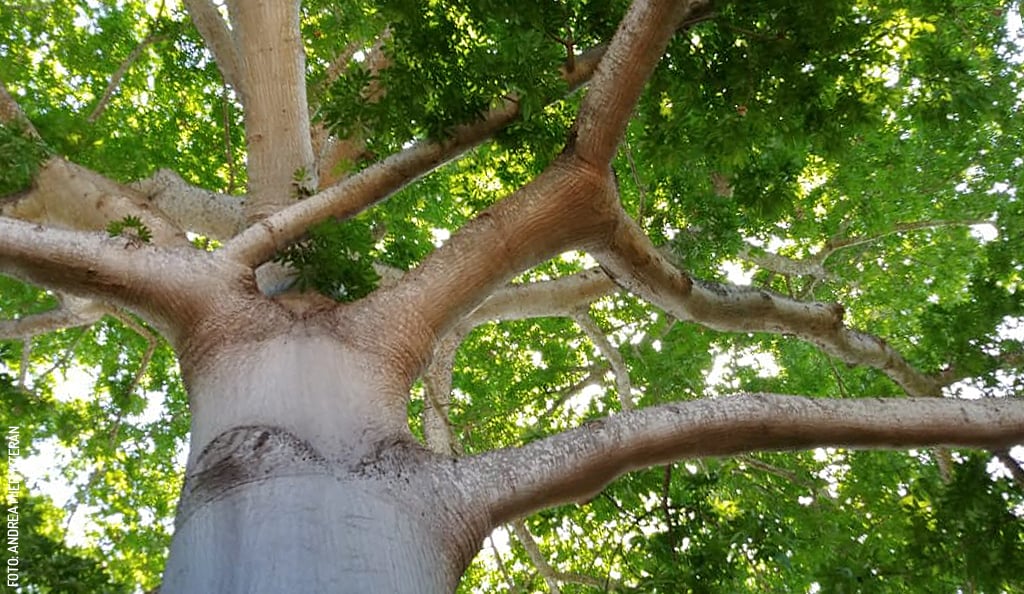
La Ceiba: Sacred Maya Tree
The ceiba tree (Ceiba petandra), known as Ya'axche' by the Maya, is sacred and revered by diverse prehispanic cultures in Mesoamerica, including, of...